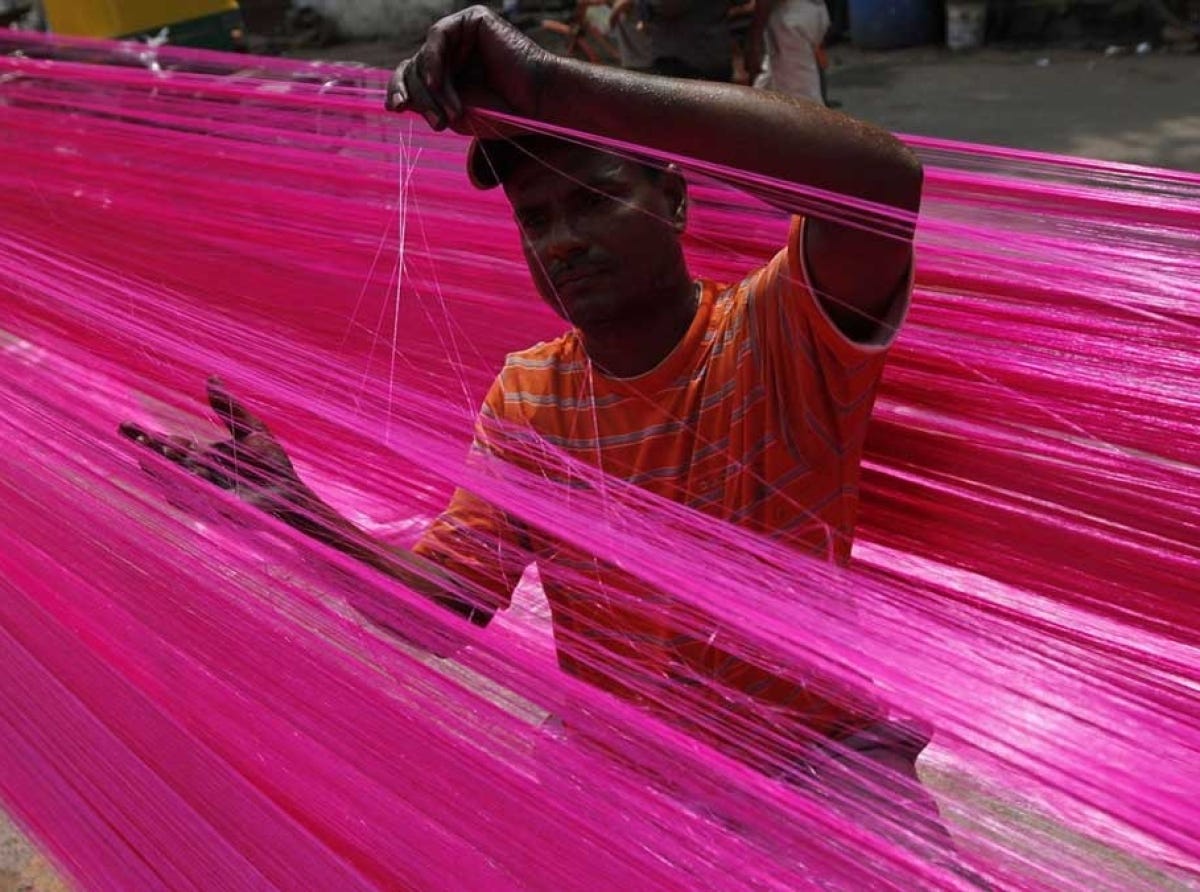Bangladesh poised to double MMF garment exports
Bangladesh's garment industry, a global leader in cotton apparel, has a golden opportunity to become a major player in man-made fiber (MMF) clothing. A recent study by Rapid identified a potential to double MMF garment exports within a decade, but highlighted policy hurdles that need to be addressed.
Currently, Bangladesh relies heavily on cotton, with cotton apparel constituting 71 per cent of its exports. However, the global market is shifting towards MMF-based garments, driven by factors like affordability, versatility, and wrinkle resistance.
Bangladesh is already moving in this direction. MMF raw material imports are rising significantly, indicating increased use of these materials in garment production. For example, polyester staple fiber imports grew by a whopping 42 per cent in the first quarter of 2024 compared to the same period in 2023.
Despite this positive trend, challenges remain. The biggest hurdle is unequal import duty structure. Unlike duty-free cotton, many MMFs are subject to import taxes, making them less competitive. Additionally, complex customs procedures and limited access to financing hinder growth in the MMF sector.
Experts believe that with proper policy support, Bangladesh can unlock its true potential in MMF garments. Solutions include simplifying customs clearance, attracting foreign investment in MMF production, and promoting sustainable practices in the textile industry.
The report recommends a multi-pronged approach. It emphasizes maintaining dominance in cotton apparel exports while simultaneously expanding MMF production. This diversification will strengthen Bangladesh's position in the global market and cater to the evolving consumer preferences.
By addressing existing bottlenecks and embracing policy changes, Bangladesh can capitalize on the booming MMF garment market and potentially earn up to $19 billion from MMF exports within the next decade. This shift will not only boost the economy but also position Bangladesh as a leader in the future of the apparel industry.

